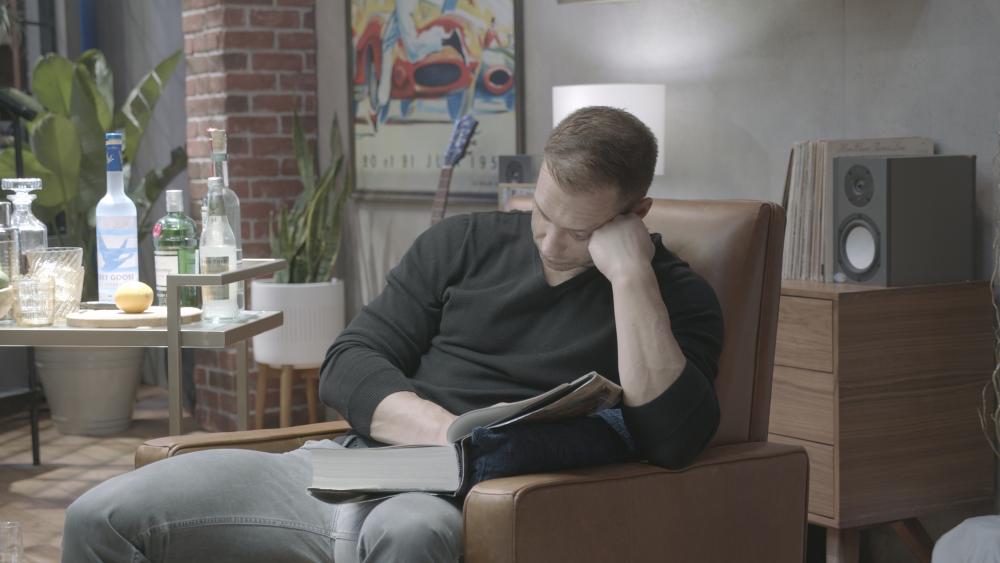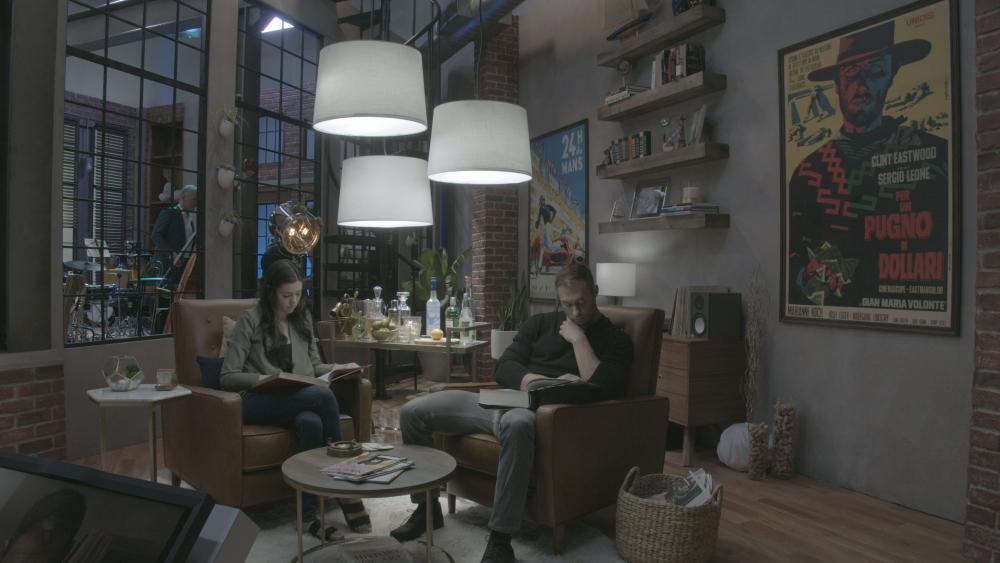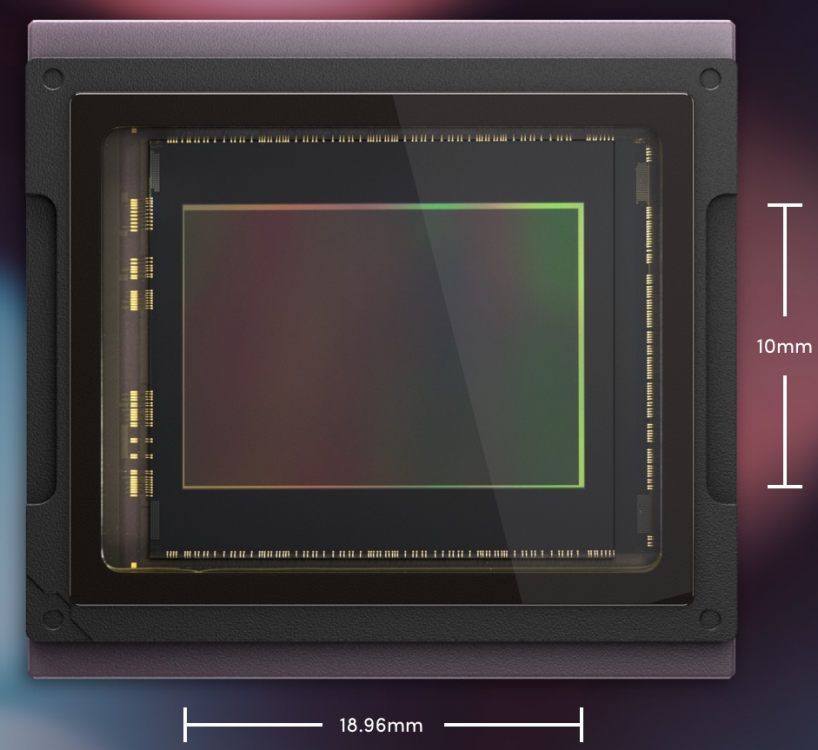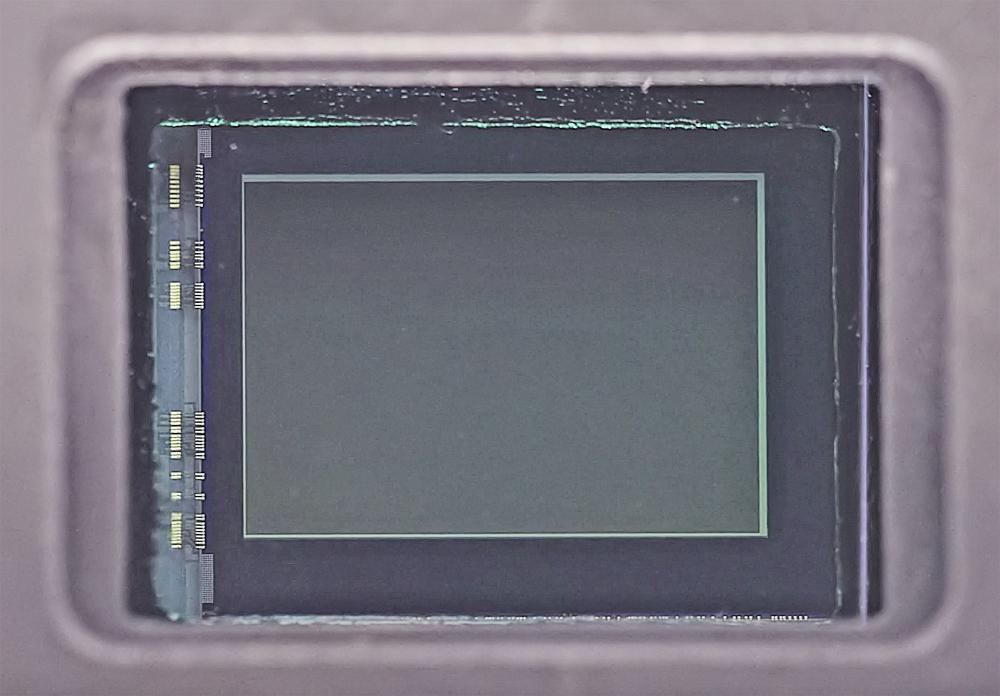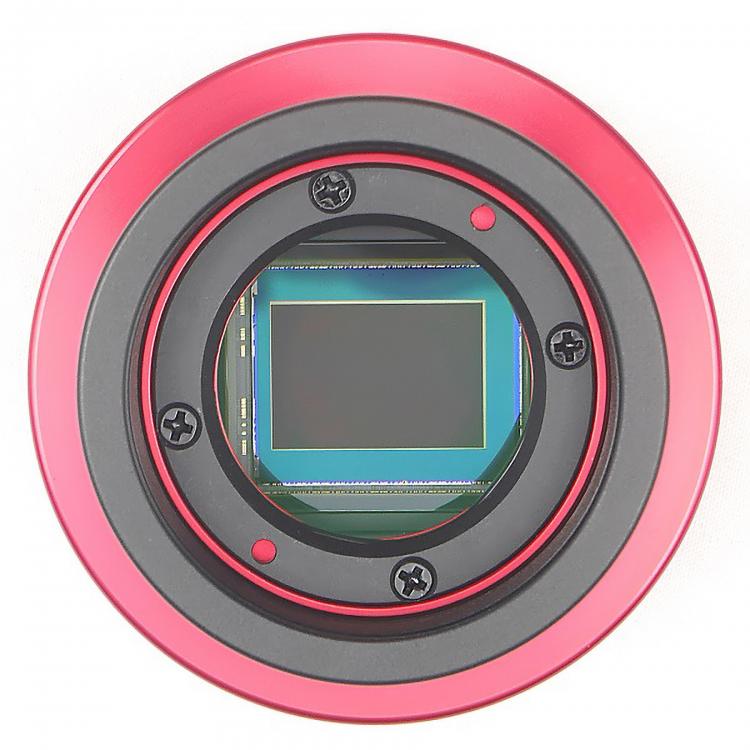
Luke Mason
Members-
Posts
306 -
Joined
-
Last visited
Content Type
Profiles
Forums
Articles
Everything posted by Luke Mason
-
Dunkirk without a question, it's the only UHD Bluray to date to have a FULL 4K+ workflow, from acquisition to post/vfx to encoding.
-
Yes, currently THE best quality 4K HDR Bluray is Dunkirk, pure reference quality.
-
Olympus 12-40 f/2.8
-
If you have been watching the NAB coverage, you'll know that it's a studio scene set up with cameras and monitors around it.
-
It was the default setting on the camera, UHD 4K instead of DCI 4K, all of them are ISO 3200. They didn't tape the card slot, so...
-
Here are two more screenshots, there are three dynamic range modes (video, extended video and film), these were shot with "film" at ISO 3200 if I remember correctly:
-
Trust me, I have my hands on some ProRes and DNG materials from the camera (acquired from NAB), it's clean af up to about 6400. Noise pattern is very pleasant fine grain, due to lack of compression obviously. The sensor is confirmed to be IMX294CJK, it's the STARVIS line from Sony Semicon with BSI design, originally intended for low light surveillance. ProRes screenshot:
-
It's a Sony BSI sensor, IMX294CJK, used in GH5S. The DR is about 12.7EV at base gain. The high gain setting loses a bit DR in exchange for low noise, it's clean af!
-
That's not how dual processors work on mobile devices, they cannot do parallel tasks like computers with dual socket CPU. One processor is responsible for specific set of tasks. So it's not like 30p for each processor and you get 60p. One of the processor is dedicated to IBIS and relevant processing.
-
https://www.eoshd.com/comments/topic/26353-kinefinity-terra-4k-has-landed/?do=findComment&comment=232457
-
That's PR BS. Official sensor image from BMD: Terra 4K sensor image: IMX294CJK sensor image: In the above three sensor images, every single pin aligns perfectly and they are exactly the same size. BMD uses a slightly different active area (extra pixels used for black shading).
-
1. HLG and S-Log2 are completely different log gamma, RX0 cannot shoot HLG, only the latest A7III and A7R III can. 2. The 10bit output from RX0 is (internally) padded, from 8bit.
-
@Andrew Reid Max is right, it's a well-known fact in the Fuji community that Fuji cameras overrate their ISO values, causing both stills (RAW and JPG) and videos to be darker (around 2/3 stop).
-
I think 2 stop difference is plausible, considering A7III has a brand new BSI sensor and 1.5x larger photosite, 4K oversampled from 6K while X-T2 oversamples from 5K. BSI significantly boosts sensitivity/SNR while stacking boosts readout performance (both used in A9)
-
Just to let people know that, Kinefinity Terra 4K uses the same sensor as GH5S, supplied by Sony Semiconductor.
-
Looks like they are based on Sony sensors, IMX193 and IMX128 respectively.
-
They should address it in the next firmware updates.
-
There's another known bug with XT2, when the vertical grip is attached, if any of the three batteries run out (1 in camera, 2 in grip), video recording would stop. Fuji support says this is normal, how ridiculous.
-
Best 24-70mm f/2.8 lens for 4k videography (price not an issue)?
Luke Mason replied to Charles.'s topic in Cameras
The two cannot be combined (EF lens IS + IBIS), generally EF lens IS works better than Panasonic's IBIS. -
Best 24-70mm f/2.8 lens for 4k videography (price not an issue)?
Luke Mason replied to Charles.'s topic in Cameras
Canon is developing 24-70 f/2.8 IS, it's at prototype stage now and might be announced sometime next year. Sigma 24-70 f/2.8 ART should be announced any time from now. Among the available options, both Sony 24-70 f/2.8 GM and Canon 24-70 f/2.8L II are the best. -
1DX II 1080p vs. 4K: can you tell the difference on YouTube?
Luke Mason replied to jcs's topic in Cameras
First clip is 4K, second clip is 1080p (it has the unique sharpness pattern due to the non-uniform binning used in 1080p 24/25/30p mode, resulting in more vertical sharpness than horizontal sharpness, same applies to the orginal 1DX) The difference will be more pronounced if you shoot a scene with more details with deep DOF. This particular scene has too shallow DOF and your focus is all over the place. -
I was told that firmware updates for the lenses may have solved this issue. If you are using 18-55 kit lens or 16-55, the latest firmware updates are Oct 2016.
-
Yep, the exposure change was the result of the camera's internal "lens shading" correction, which did not keep up with the zooming as it happens in real time. Also the slight wobble at the corners was the result of distortion correction. Fuji is known to heavily rely on software correction for their lenses.
-
The lens was 16-55 f2.8



